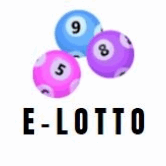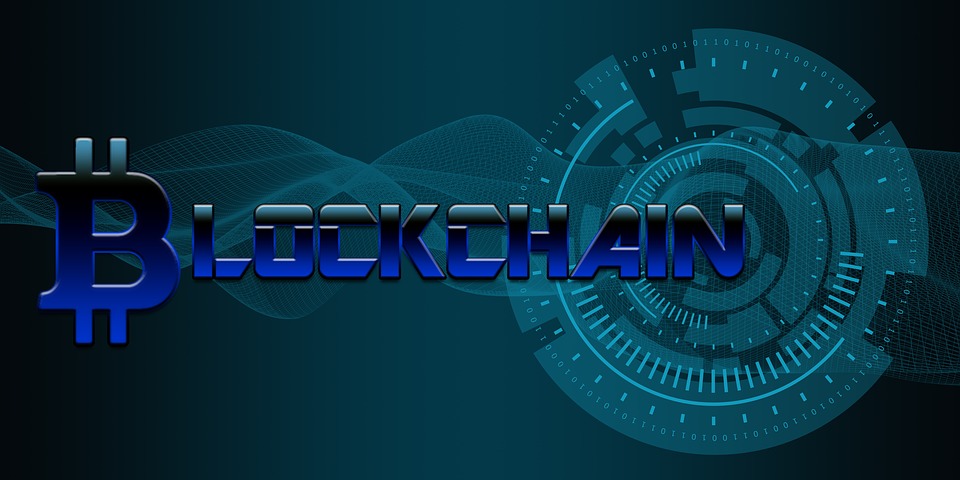Blockchain Lottery
It is built on the Ethereum blockchain and allows anyone to create and run their own lottery. The lottery has been approved to operate in more than 180 countries, all jackpots are guaranteed, and the draw depends on the results of the German National Lottery.
Since cryptocurrencies are decentralized, peer-to-peer, and confidential, they make it possible for anyone to play—even people living in countries where lotteries are banned or heavily regulated.
Unlike traditional applications, these Ethereum-based applications are called “decentralized applications” and run on their own through the use of smart contracts. These smart contracts form the backbone of all decentralized applications (decentralized applications) built on Ethereum, as well as all other decentralized applications built on other blockchain platforms.
Ethereum is a smart contract platform that allows organizations to use blockchain technology to create a series of different digital ledgers, which can be used to create other cryptocurrencies that run on their blockchain. Ethereum is a blockchain-based software platform that can be used to send and receive value globally using its own cryptocurrency ether, without any third-party intervention. Ethereum, launched in 2015, is an open source, blockchain-based decentralized software platform for its own cryptocurrency, Ethereum.
Ethereum is an open source decentralized distributed computing platform that can create smart contracts and decentralized applications, also known as decentralized applications. Ethereum is not only a platform, but also a programming language (Turing complete) running on the blockchain to help developers create and publish distributed applications. Ethereum is an open source decentralized blockchain system with its own cryptocurrency, Ether. Ethereum runs on a decentralized computer network or distributed ledger, called a blockchain, to manage and track currency.
It may be helpful to think of the blockchain as the current receipt for every transaction that occurs in cryptocurrency. Part of the appeal of blockchain is that it stores a log of every transaction, which makes stealing and flipping more difficult than paintings hanging in a museum.
Ethereum is a cryptocurrency similar to Bitcoin or Dogecoin, but its blockchain also supports these NFTs, which store additional information that makes them work differently from ETH coins. It is worth noting that other blockchains may implement their own version of NFT. In addition, NFT has a feature that you can enable. Every time the NFT is sold or changed hands, you will be paid a certain percentage of the fee, ensuring that if your work becomes super popular and value-added, you will see some of the benefits. In addition, of course, you have the right to brag that art belongs to you and record it on the blockchain to verify it.
Since NFTs use the same blockchain technology as some power-hungry cryptocurrencies, they also consume a lot of electricity. At the same time, both networks require a lot of computing resources to run. One of the reasons early blockchain implementations (including Bitcoin and Ethereum) encountered performance problems was because they relied on a resource-intensive process called proof-of-work to verify and record transactions.
Both the Bitcoin and Ethereum blockchains use so-called “proof of work” to mine new coins and verify transactions. Currently, almost all stablecoins are built on the Ethereum network, which limits adoption and use. Bitcoin and Ethereum operate on P2P networks like almost all other cryptocurrencies in use today.
The application powered by Ethereum runs on the platform-specific encryption token ether. Like Bitcoin, Ethereum has its own blockchain, in which a global network of more than 2.4 million computers called “nodes” track transactions. Ethereum is an unprivileged, non-hierarchical computer network (nodes) that creates and reaches consensus on a growing series of “blocks” or transaction packages called blockchains. Ether (ETH) is a cryptocurrency generated by the Ethereum protocol as a reward for miners in the proof-of-work system for adding blocks to the blockchain.
Contains information about the sender and receiver of the transaction, including the amount of ether transferred, the smart contract bytecode, and the sender’s ability to pay the network validator to enable the transaction’s transaction fees. It is called natural gas price and restriction in the blockchain. Ethereum also allows users to conduct transactions almost anonymously, even if the transactions are public on the blockchain.
Although the entire area is described in terms of currency, it would be more helpful to think of cryptocurrency as a token that can be spent for a specific purpose supported by the Ethereum platform. Again, it would be more correct to think of Ethereum as a token that supports various applications, rather than just a cryptocurrency that allows users to exchange money.
So while Ethereum continues to have a big impact on Southeast Asia, other blockchain solutions are indeed on the rise. With the ETH 2.0 update still months, if not years, after full deployment, third-generation blockchain protocols are racing to topple Ethereum as a “transition” hub for dapps and defi. With Ethereum 2.0 still a long way off to debut, third-generation blockchain protocols are already here to do the hard work and take definition to the next level. Ethereum Classic is a distributed network made up of a blockchain ledger, native cryptocurrency (ETC), and a robust ecosystem of networked applications and services.
One of the characteristics that makes Ethereum such a viable platform and a strong contender for Bitcoin’s dominance is the implementation of the so-called Ethereum Virtual Machine (EVM). To this end, Ethereum implemented a blockchain runtime called the Ethereum Virtual Machine (EVM). As part of the block verification protocol, all nodes on the network run EVM.
However, unlike Bitcoin, Ethereum full nodes also need to track the “state” or current information of all these applications, including each user’s balance, all smart contract codes that store everything, and any changes made. The Bitcoin blockchain reaches a consensus on global state changes approximately every 10 minutes (usually involves adding a new block to the blockchain), while the Ethereum blockchain reaches a consensus in about 15 seconds.
Network stakeholders known as “validators” will start producing blocks, verifying transactions and managing the security of blockchains instead of miners following the merger of Ethereum and Eth 2.0. This is exactly what the Ethereum developers hope to achieve with the next update to the underlying blockchain, which they call Ethereum 2.0. In one fell swoop, eWASM will increase the number of potential programmers for the ecosystem as it opens doors for users without having to learn a native Ethereum-based language.
The expected goal of Ethereum is to become a global platform for decentralized applications, allowing users around the world to write and run software that can withstand censorship, downtime, and fraud. In the words of co-founder Gavin Wood, the Ethereum blockchain is designed as a kind of “one computer in the world” that can theoretically pass through the Internet. Public node.
In addition to smart contracts, the Ethereum blockchain can host other cryptocurrencies called “tokens” by leveraging its ERC-20 interoperability standard. Transactions can also be used to publish smart contract code on the Ethereum blockchain. You can monitor the status of the transaction using the eth_getTransactionReceipt method, which will also return the address of the newly created smart contract as soon as it is included in the blockchain.

